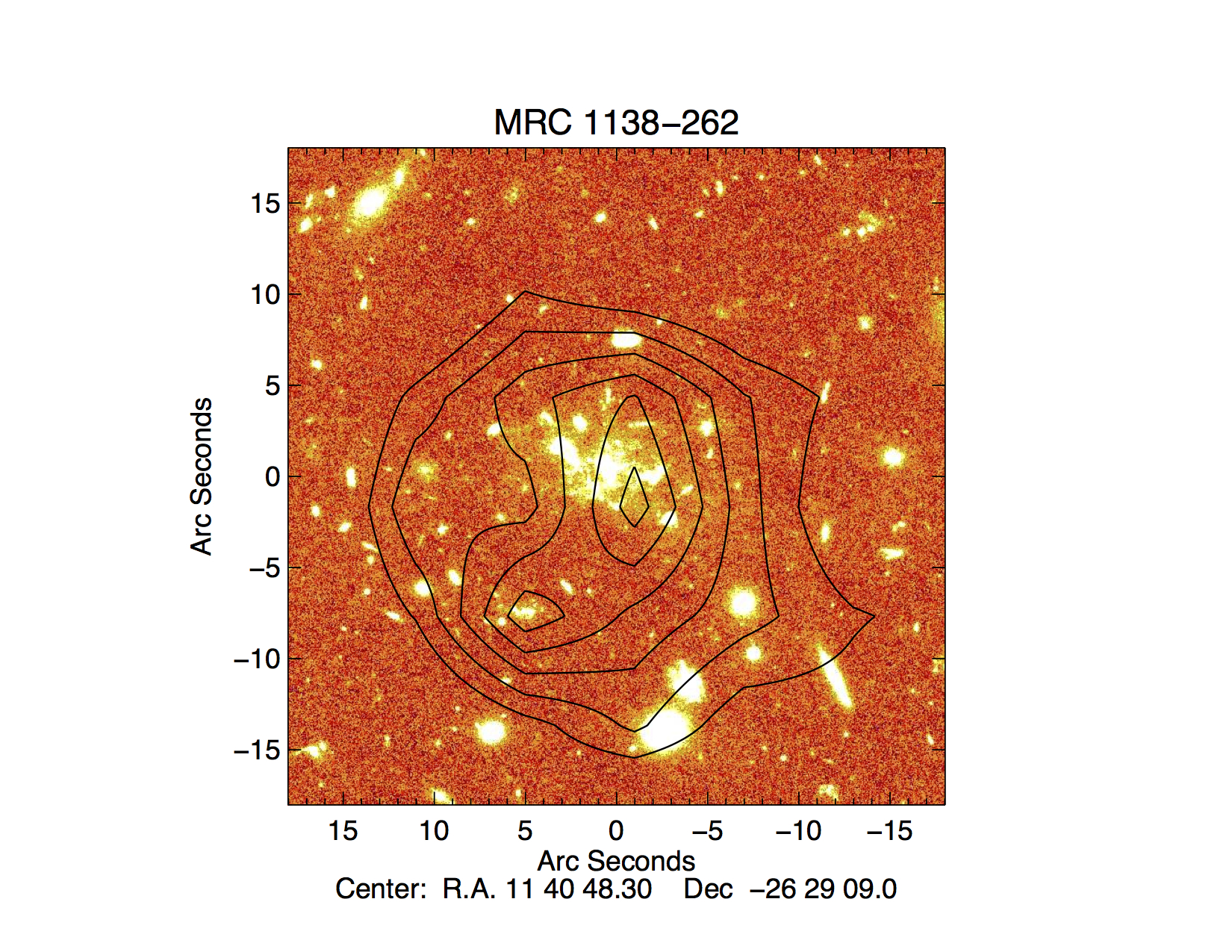| Description: | Protoclusters, the high-redshift ancestors of local galaxy clusters, are powerful laboratories for tracing the emergence of large-scale structure, and studying the evolution of galaxies in dense environments. Observations of protoclusters over a range of wavelengths can map both the star forming and evolved galaxy populations, facilitating studies of the build-up of galaxies and clusters during a crucial epoch of their evolution. Targeting high-redshift radio galaxies is an efficient tool for selecting these overdense regions which will eventually grow into today's massive clusters. In this talk I will review the progress made over the past years using this technique, and present the results of the first far-infrared wide-field survey of these objects. This survey was carried out using the SPIRE instrument on-board the Herschel Space Observatory, over the key redshift range 2 < z < 4 in fields selected (i) to harbour the most massive black holes and/or (ii) are already known to be located in protoclusters. I will end by discussing the implications of these results for future blind protocluster searches in large far-infrared and radio surveys.
Above is a Hubble ACS image of the core of a protocluster at z = 2.16 (known as the Spiderweb; Miley et al. 2006), overlaid with 250 micron contours from the Herschel Space Observatory's SPIRE instrument. The central radio galaxy, MRC1138-262, is surrounded by many galaxy 'flies' which are in the process of merging with it. This structure will evolve into a massive cluster by z = 0. |

